“At-Tafhim” written by Abu Rayhan Biruni (973-1048 CE) and “Khamseh” composed by Nezami Ganjavi (c. 1141-1209 CE) along with 43 documents and documentary collections from all over the world were registered on the list at the meeting.
“By helping safeguard and share such a varied documentary heritage, UNESCO’s Memory of the World Program reinforces the basis for scholarship and enjoyment of the creative wealth and diversity of human cultures and societies,” UNESCO Director-General Irina Bokova said during the closing ceremony of the meeting.
Written in 1029, “Kitab at-Tafhim Li-Awa’ili Sina’at at-Tanjim” (“Book of Instructions in the Elements of the Art of Astrology”) is one of the many books by Abu Rayhan Biruni (973-1048 CE), a Persian scholar and scientist, and one of the most learned men of his age as well as an outstanding intellectual figure.
The book, commonly known as “At-Tafhim”, is a self-teaching guide for astronomy arranged in a Q&A style. The oldest version of the book, which has been inscribed by Mohammad ibn Jurabi in 1143 CE, is kept in the Majlis Library, Museum, and Documentation Center.
The other work is “Khamseh” (“The Quintuplet”) composed by Nezami Ganjavi (c. 1141-1209 CE), the greatest romantic epic poet in Persian literature, who brought a colloquial and realistic style to the Persian epic.
Nezami’s reputation rests on his “Khamseh” which is a pentalogy of poems written in Masnavi verse form (rhymed couplets) and totaling 30,000 couplets.
These five poems include the didactic work Makhzan ol-Asrar (The Treasury of Mysteries), three traditional love stories of Khosrow and Shirin, Leili and Majnun, and Haft Paykar, and the Eskandar-nameh, which records the adventures of Alexander the Great.
There are various versions of “Khamseh” in Iranian libraries, but the two versions kept at the Central Library of the University of Tehran and the library of the Shahid Motahhari School and Mosque in Tehran will be introduced for UNESCO.
The documents compiled for the two books are currently being rendered into English and they should be submitted to UNESCO’s Memory of the World Secretariat by March 31, 2012.
A collection of Iranian documents dating back to the Safavid era was added to UNESCO’s Memory of the World Register list in 2009.
In addition, the Shahnameh of Baysunqur, one of three ancient copies of Ferdowsi’s epic masterpiece, and the Endowment Deed of Rab-e Rashidi are two other Iranian works, which were registered on the list in 2007.
MMS/YAW
END
MNA


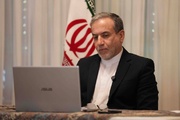
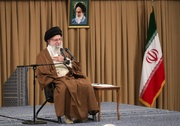

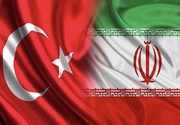

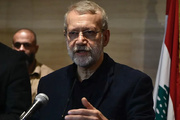
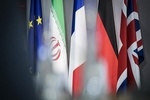


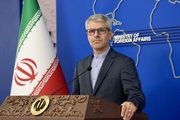



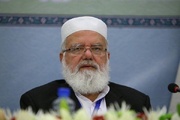
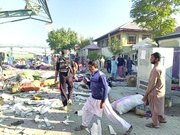


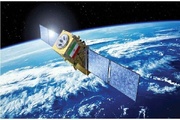
Your Comment